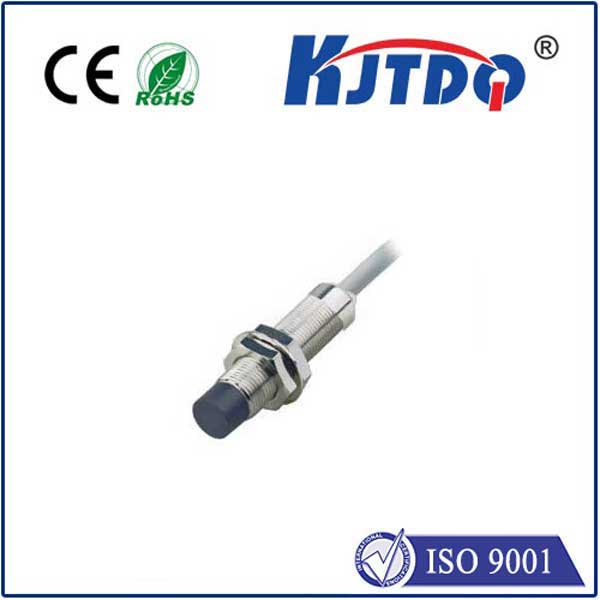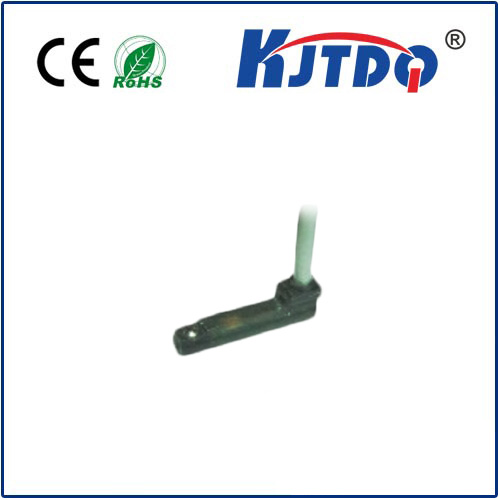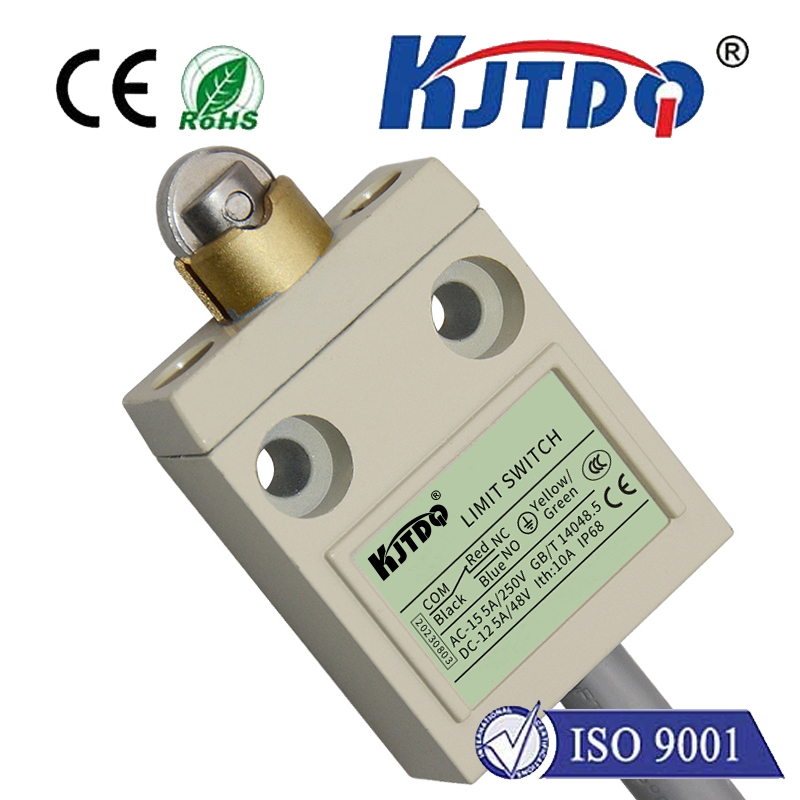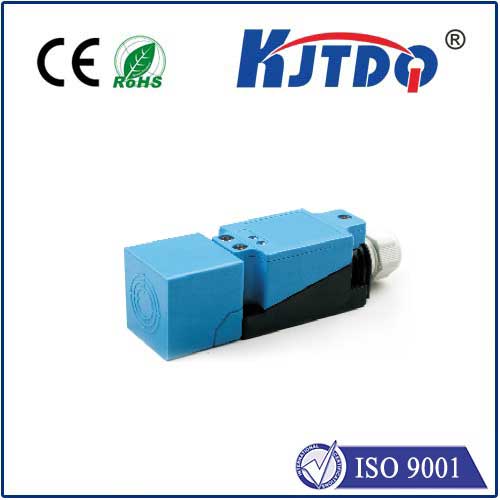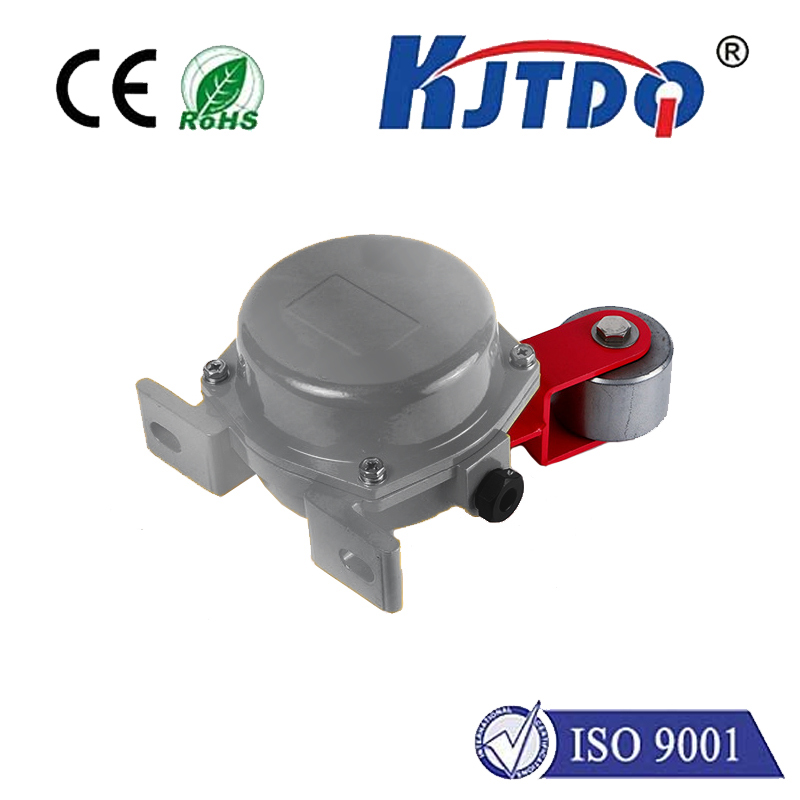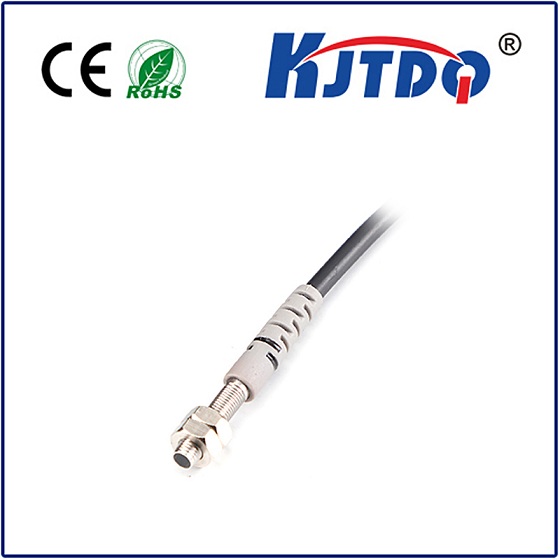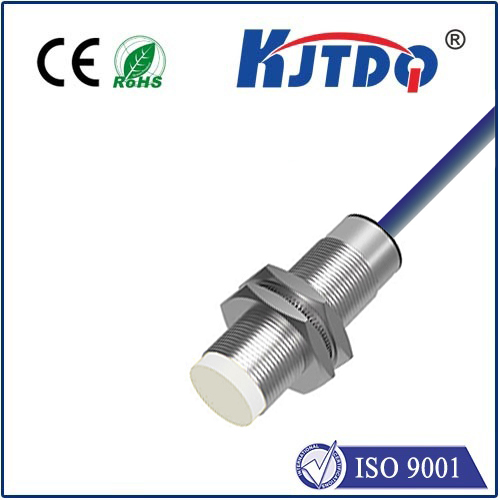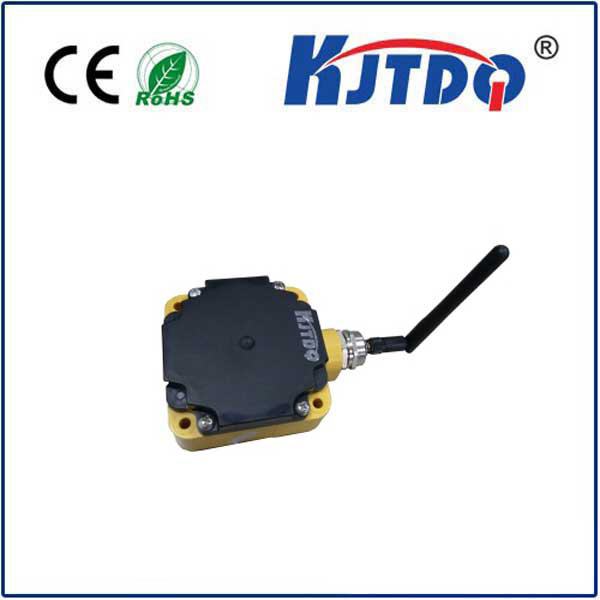

check

check

check

check

check

check

check

check

check

check
Title: The Role of Limit Switches in Actuator Control
Introduction
In the world of automation and control systems, actuators are essential components that help to convert electrical signals into mechanical motion. These devices are used in a wide range of applications, from industrial machinery to robotics and aerospace engineering. However, controlling the movement of an actuator requires precise monitoring of its position and velocity. This is where limit switches come into play. In this article, we will explore the critical role of limit switches in actuator control and how they contribute to the overall performance and reliability of these systems.
What is a Limit Switch for Actuators?
A limit switch is an electromechanical device that detects the presence or absence of an object within its sensing area. When the actuator's motion reaches a specific point, the limit switch sends a signal to the controller, indicating that the desired position has been achieved. This information allows the controller to adjust the input signal to the actuator accordingly, ensuring accurate and consistent operation.

Types of Limit Switches for Actuators
There are several types of limit switches available for use in actuator control systems, including mechanical, magnetic, capacitive, and optical switches. Each type has unique characteristics that suit different applications and requirements. For example, mechanical switches are commonly used in industrial environments due to their durability and simplicity, while optical switches offer high precision and fast response times, making them ideal for more complex systems.
Applications of Limit Switches in Actuator Control
Limit switches are crucial components in various industries, including manufacturing, transportation, and energy production. They provide critical feedback to the control system, enabling it to make informed decisions about the actuator's movement. Some common applications of limit switches in actuator control include:
1. Manufacturing: In assembly lines, limit switches are used to monitor the position of conveyor belts and other machinery, ensuring that products move smoothly through the process.
2. Automotive: In vehicles, limit switches are employed to control the movement of windows, seats, and other components, enhancing driver convenience and safety.
3. Aerospace: In aircraft, limit switches are essential for monitoring the position of landing gear, flaps, and other critical components, ensuring safe takeoff and landing conditions.
4. Energy Production: In wind turbines, limit switches are used to monitor blade angles and rotor speed, maximizing energy capture and minimizing maintenance costs.
Conclusion
In conclusion, limit switches play a vital role in actuator control by providing essential feedback to the control system. By accurately detecting the presence or absence of objects within their sensing area, limit switches enable precise monitoring of actuator movement, leading to improved system performance and reliability. As technology continues to advance, we can expect limit switches to become even more sophisticated and integrated into a wide range of applications, further enhancing our ability to control complex machinery and systems.

